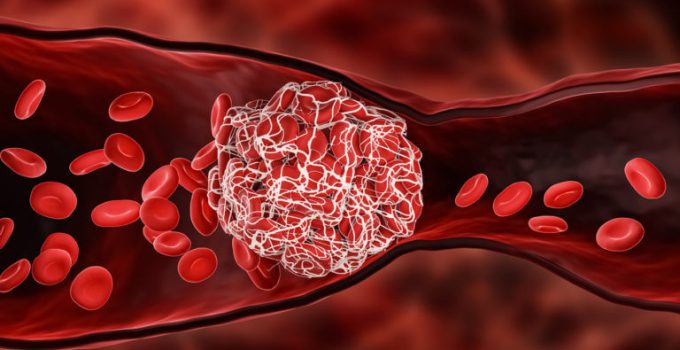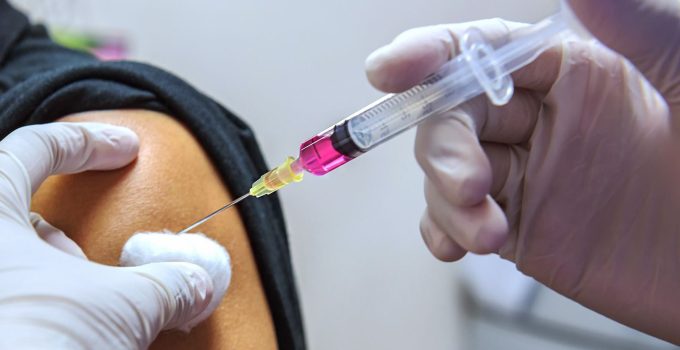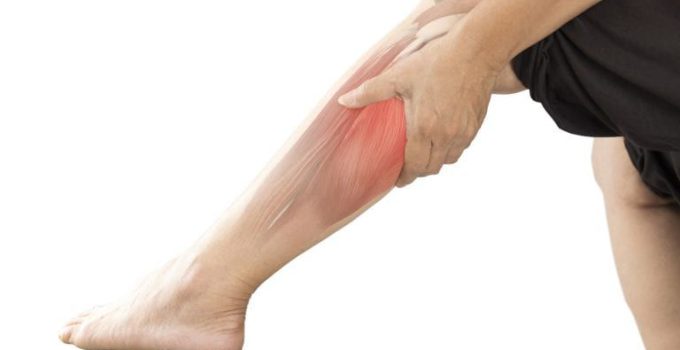Introduction: Mitochondria, the small but mighty organelles, play a pivotal role in the energy metabolism of eukaryotic cells. Known as the “powerhouses” of the cell, mitochondria are not only responsible for generating adenosine triphosphate (ATP), the energy currency of cells, …
A thrombus is a blood clot that forms within a blood vessel. It can occur in both veins and arteries and can have serious health consequences if it blocks the flow of blood to vital organs. Some common causes of …
“Blue baby” is a colloquial term used to describe infants who have cyanosis, a bluish discoloration of the skin and mucous membranes caused by a lack of oxygen in the blood. Causes There are several different medical conditions that can …
Leukemia is a type of cancer that affects the blood and bone marrow. It is caused by the abnormal production of white blood cells, which can crowd out healthy cells and lead to fatigue, infections, and bleeding. Leukemia is classified …
Vitiligo is a skin condition that causes loss of pigmentation in certain areas of the skin. The condition results from the destruction of melanocytes, the cells that produce the pigment melanin, which gives color to the skin, hair, and eyes. …
What is the main function of the kidneys? a) To produce urine b) To produce red blood cells c) To produce hormones d) To produce enzymes What is the main function of the renal tubules in the kidneys? a) To …
Tetanus is a serious, potentially life-threatening disease caused by a bacterial toxin. It is most commonly caused by a puncture wound or cut that becomes contaminated with soil or other substances that contain the bacteria that produce the toxin. Causal …
Muscle fatigue is a feeling of tiredness or exhaustion that occurs after repeated muscle contractions or physical activity. Reasons: It is a normal response to exercise and is typically caused by the build-up of lactic acid in the muscles. Lactic …
Cramps are painful, involuntary muscle contractions. They can occur in any muscle in the body, but are most common in the legs, stomach, and arms. Causes Cramps can be caused by various factors, such as muscle fatigue, dehydration, and electrolyte …
Tetany is a medical condition characterized by involuntary muscle contractions and spasms, as well as abnormal sensations and nerve responses. It is caused by an imbalance in the levels of calcium and magnesium in the body, which can lead to …





